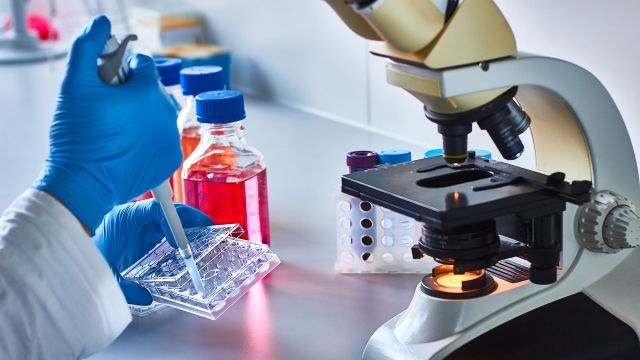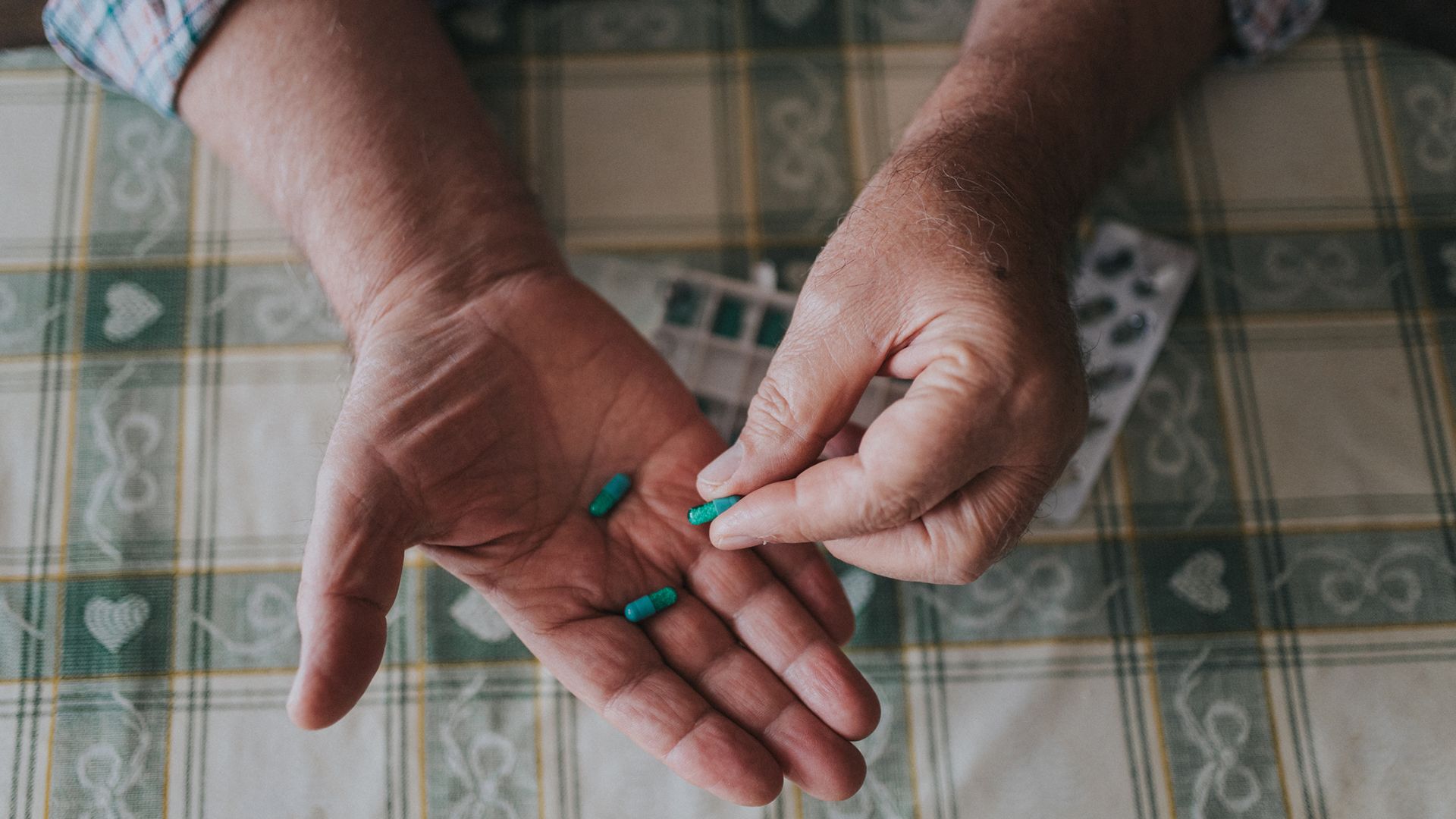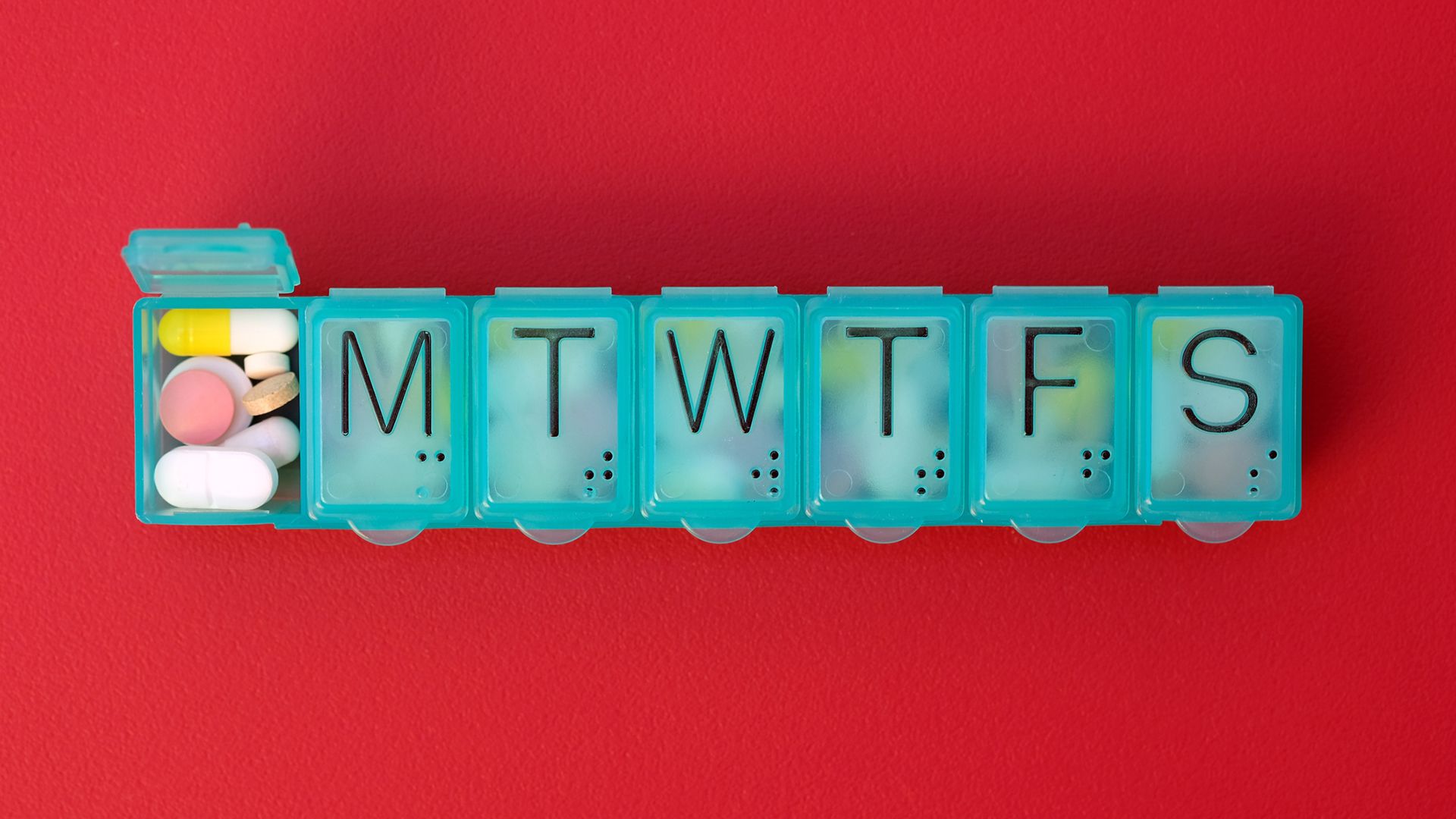Because chronic lymphocytic leukemia (CLL)—a type of cancer that starts from cells in the bone marrow and moves into the blood—is chronic, it can take years before a patient begins to show symptoms or the disease is detected. Compared to acute leukemias, the chronic forms are more difficult to cure, and sometimes, a patient will have to undergo a series of treatments. Thankfully, there are a variety of treatment options available.
Watchful waiting
You may be surprised to learn that if the cancer is in an early stage, the recommended option is typically “watchful waiting,” or doing nothing while keeping a close eye on progression. The reason is that at this stage, the progression can be quite slow.
That approach will change, however, for disease diagnosed at a later stage or for patients who have signs of an aggressive or faster-moving form of the cancer. For stages I to IV of the disease—when patients have a range of features from enlarged lymph nodes to reduced clotting elements in the blood—therapies can include chemotherapy, drugs that target the cancer cells specifically, radiation for swollen nodes or even surgery for an enlarged spleen.
Chemotherapy
Chemotherapy can involve a number of agents administered by mouth, injected into the bloodstream or injected directly into the cerebrospinal fluid. This last route is rare in CLL and used only if the cancer is detected in the fluid of the brain and spinal cord. Patients receive chemotherapy in bursts punctuated by longer periods of rest. These periods of treatment and rest are called cycles and usually last three to four weeks. The number of cycles a patient receives will vary.
Chemotherapy drugs keep cells from dividing, which is how they inhibit cancer cell growth. But they are largely indiscriminate, meaning that they also interfere with the production of healthy cells needed for replacement in tissues with high cell turnover. The side effects are related to these broader influences on the body and include nausea and vomiting, hair loss and low blood cell counts.
A group of drugs called monoclonal antibodies target proteins on specific types of lymphocytes (a kind of white blood cell) for destruction and are often used in combination with chemotherapy drugs. Their side effects are similar to those of the chemotherapy drugs but also include raising the risk for a serious viral infection and for reviving dormant hepatitis B viruses.
Targeted therapies
Drugs that precisely target a feature only of cancer cells are called targeted therapies. Those used for CLL either block tumor cells from dividing or shorten their lifespan. Either way, the result is fewer of the cancerous cells. These drugs also have side effects which may include low blood cell counts, gastrointestinal distress, body aches, fatigue and shortness of breath.
A serious but rare side effect of chemotherapy and targeted therapies is tumor lysis syndrome. The death of the cells that results from the drugs causes cell contents to release into the blood. In patients who have a lot of these cells—especially upon their first drug treatment—this release may overwhelm the body’s ability to process out this sudden flood of cellular material and could lead to kidney failure as well as heart and nervous system problems.
Bone marrow or stem cell transplant
CLL can recur or continue progression even under treatment. Ultimately, a patient may have exhausted therapy options or maxed out the upper dose for chemotherapy or targeted therapies. Even though these drugs destroy bone marrow, the dose ceiling may be pushed upward if a bone marrow or stem cell transplant to replace the damaged bone marrow is available as an option for a patient. It’s not presently clear, however, how much this process may help a patient with CLL, and this option is usually reserved for people with high-risk disease or CLL that doesn’t respond to other therapies.
The replacement cells in these transplants come from either the patient or a donor. The problem with patient-sourced, or autologous, cells is that the replacement stem cell samples may contain cancerous cells, too. Although donor-sourced cells would not be expected to have this problem, the use of donor cells do typically carry the risks of transplants, namely rejection of the implanted donor cells.
Your healthcare provider will work to ensure that you receive the best care for your particular case and will help you manage any side effects that may come with treatment.





